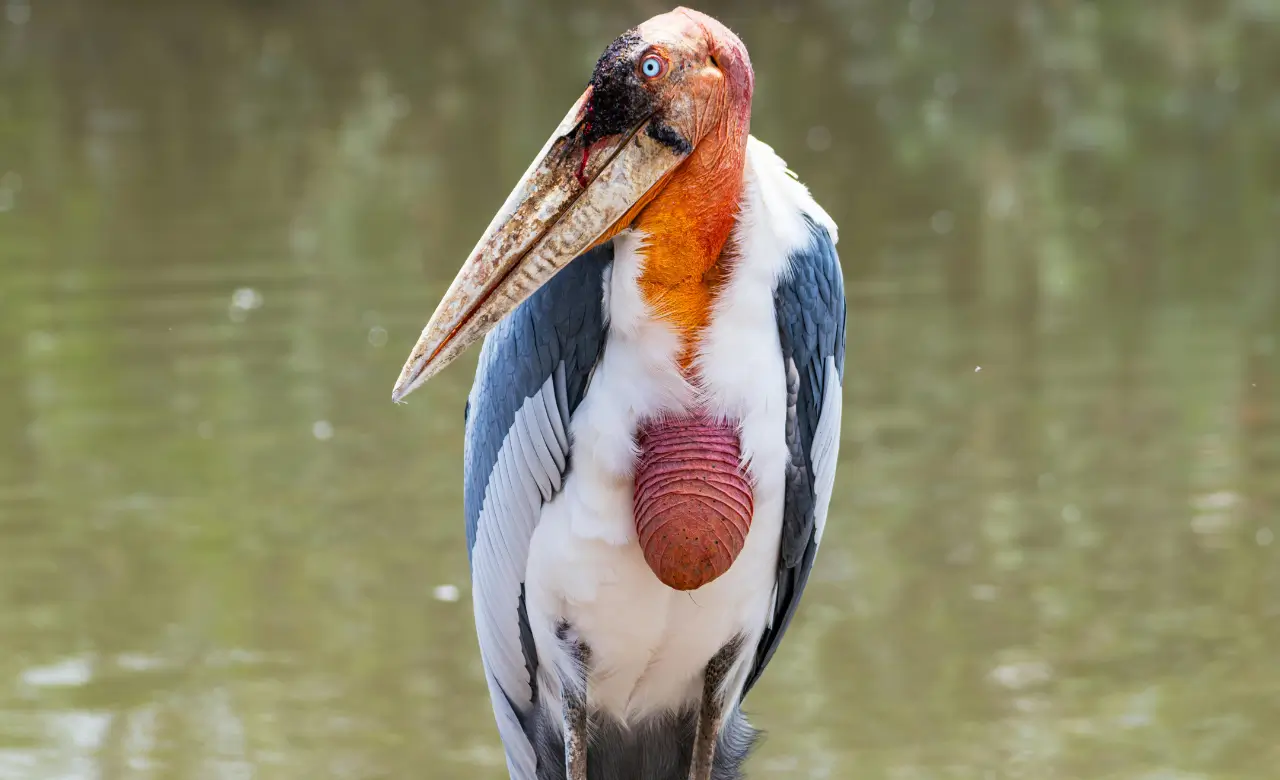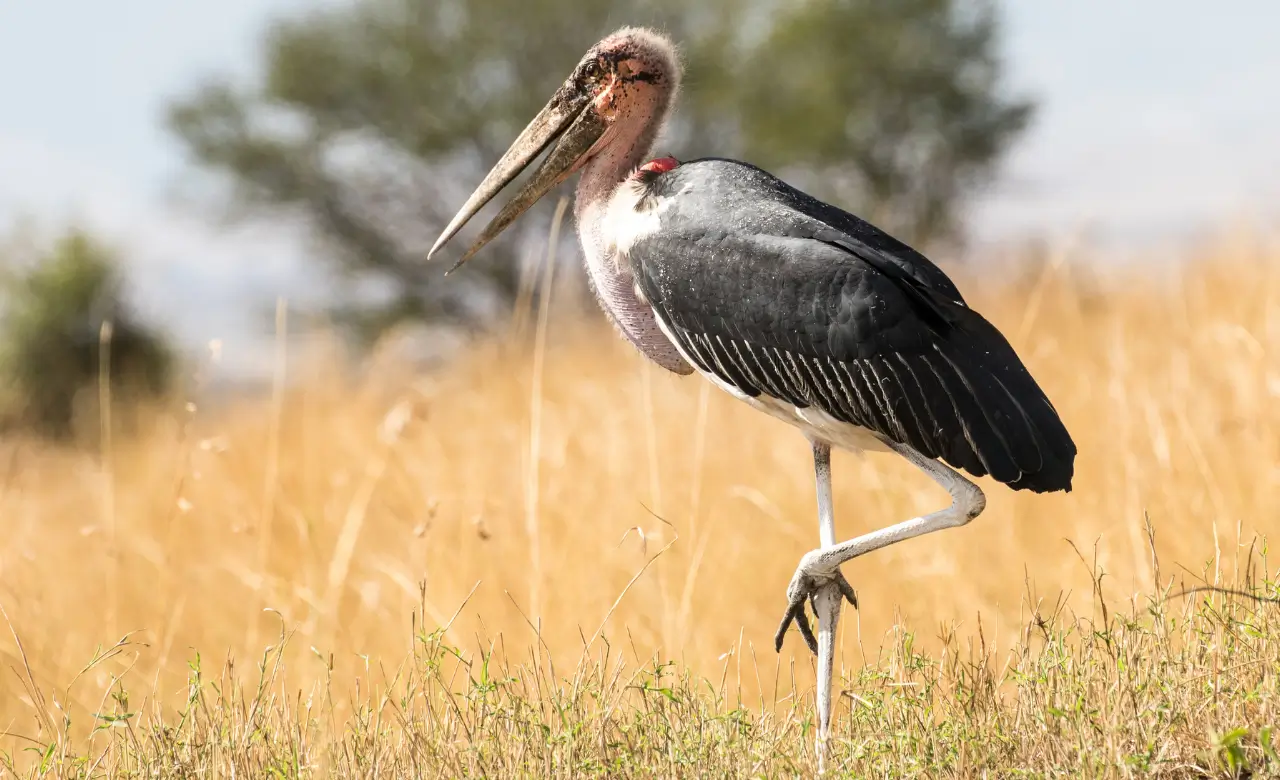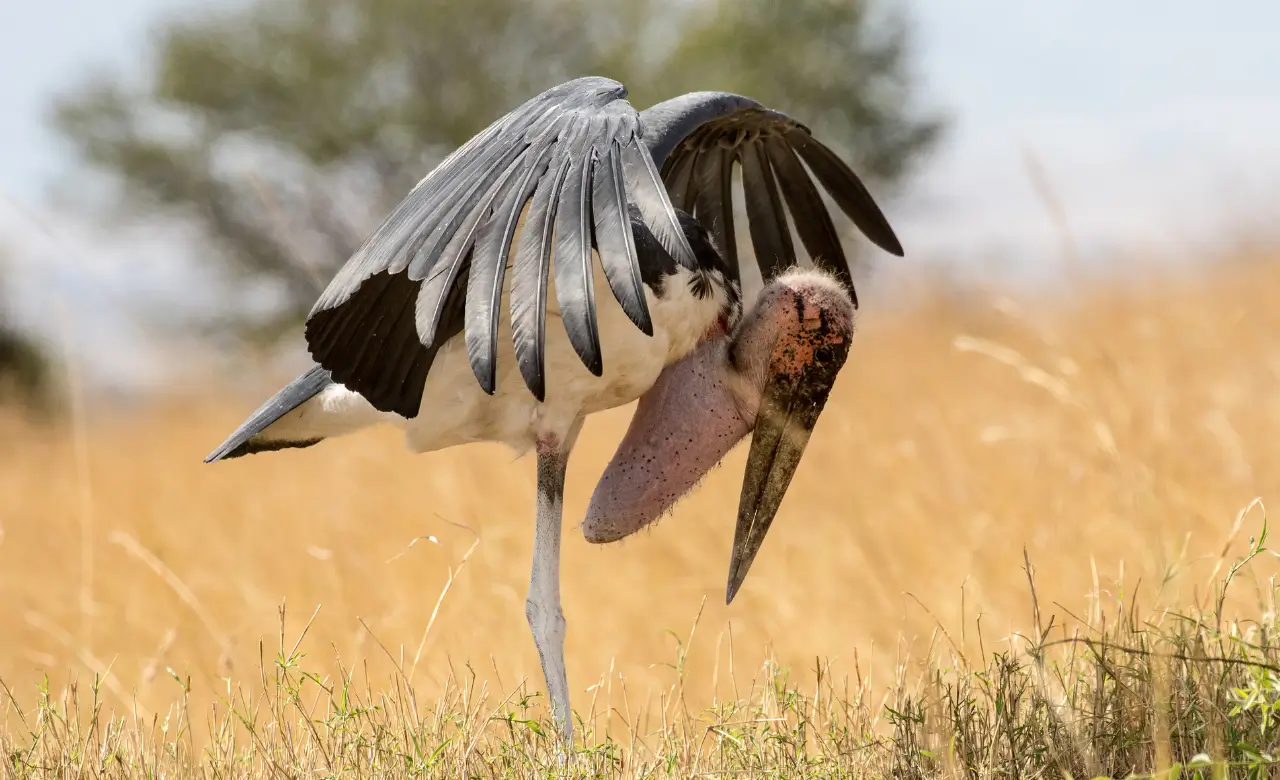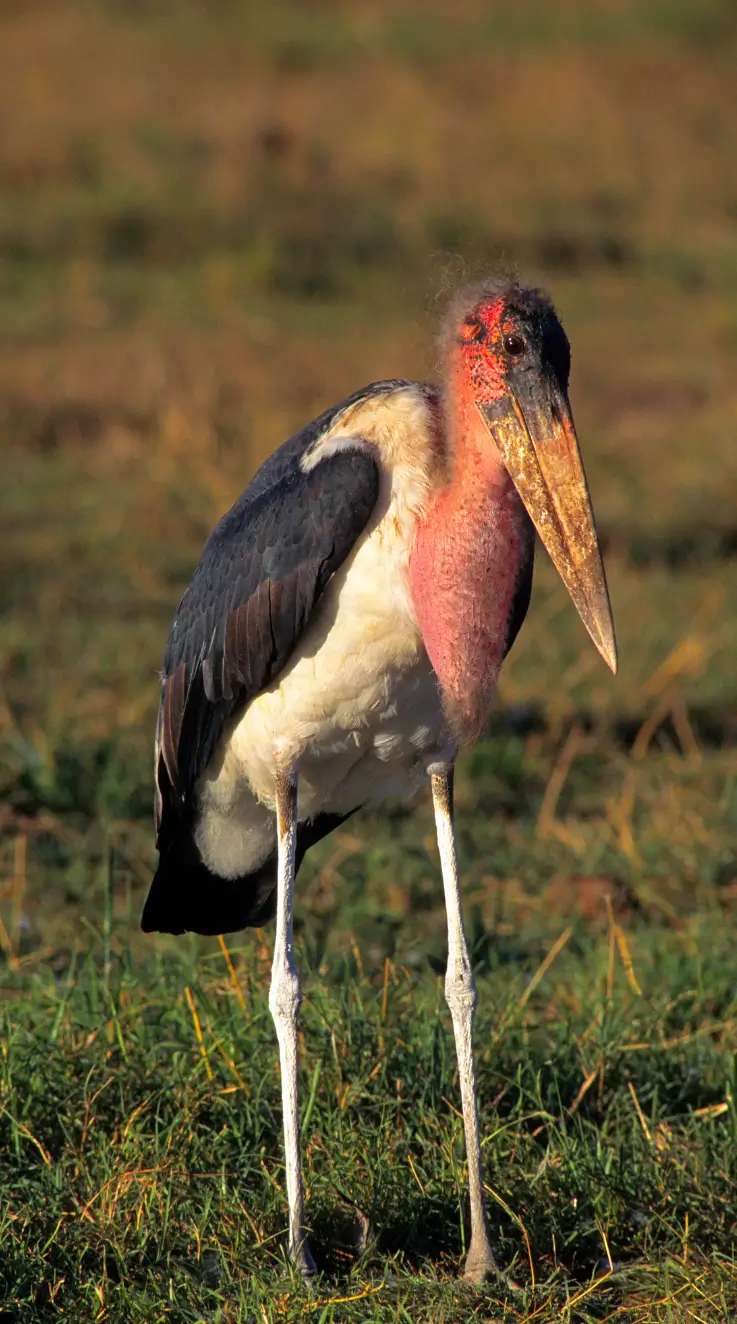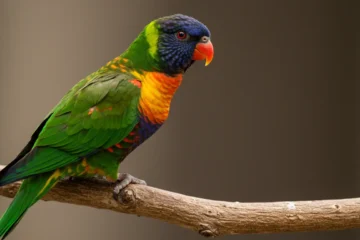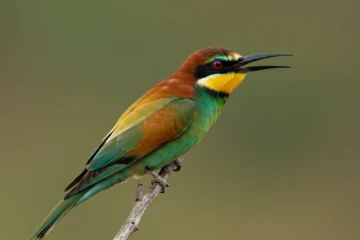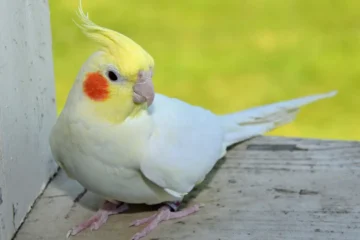The Marabou Stork is a large and bald-headed bird. It is well known for its massive wingspan and lumbering walk. It’s native to Africa but often seen in U.S. zoos because of its unusual look and scavenger behavior.
This bird feeds mostly on carrion which makes it nature’s cleanup crew. Its long legs, drooping neck pouch, and dark feathers give it a vulture-like appearance.
Images of Marabou Stork
Price of Marabou Stork
A Marabou Stork is rarely sold and is only available through exotic bird dealers or licensed zoos. The price typically ranges from $8,000 to $12,000. These birds are usually only bought with special permits due to their size and care needs.
General Characteristics of Marabou Stork
This bird is a marvel of nature and possess some features different from other small birds. Here are certain general characteristics of this unique bird:
| General Characteristic | Feature in Marabou Stork |
| Scientific Name | Leptoptilos crumenifer |
| Size | Largest storks and grows up to 5 feet tall |
| Wingspan | Can reach up to 12 feet |
| Head | Bald and pinkish which helps it stay clean while feeding |
| Beak | Long and thick for tearing through carrion |
| Diet | Eats dead animals, garbage, and small prey |
| Neck Pouch | Large inflatable pouch helps with sound and display |
| Flight Style | Soars with minimal effort using thermal air currents |
| Feet | Long and thin legs made for wading through water and mud |
Life Span of Marabou Stork
A Marabou Stork can live around 20 to 25 years. They often live longer and sometimes up to 40 years with proper care in the captivity.
Marabou Stork Kills Human
The Marabou Stork is a huge bird that can be scary to look at. There are rare stories of these birds attacking weak or injured people although they mostly eat dead animals. This makes it one of the few birds linked to dangerous encounters with humans.
Interesting Facts Related to Marabou Stork
This bird gives many reasons to observe it and spend some moments seeing its activities. Below are some key facts that grab the attention of people towards itself:
1. Use Thermals Like Gliders
Marabou Storks can ride warm air currents just like large birds. This lets them rise high without flapping much and save energy during long flights. You can spot them gliding over savannas or open fields for hours.
Their massive wingspan helps with this effortless movement. This kind of flight behavior is more common in raptors and is unusual for a stork.
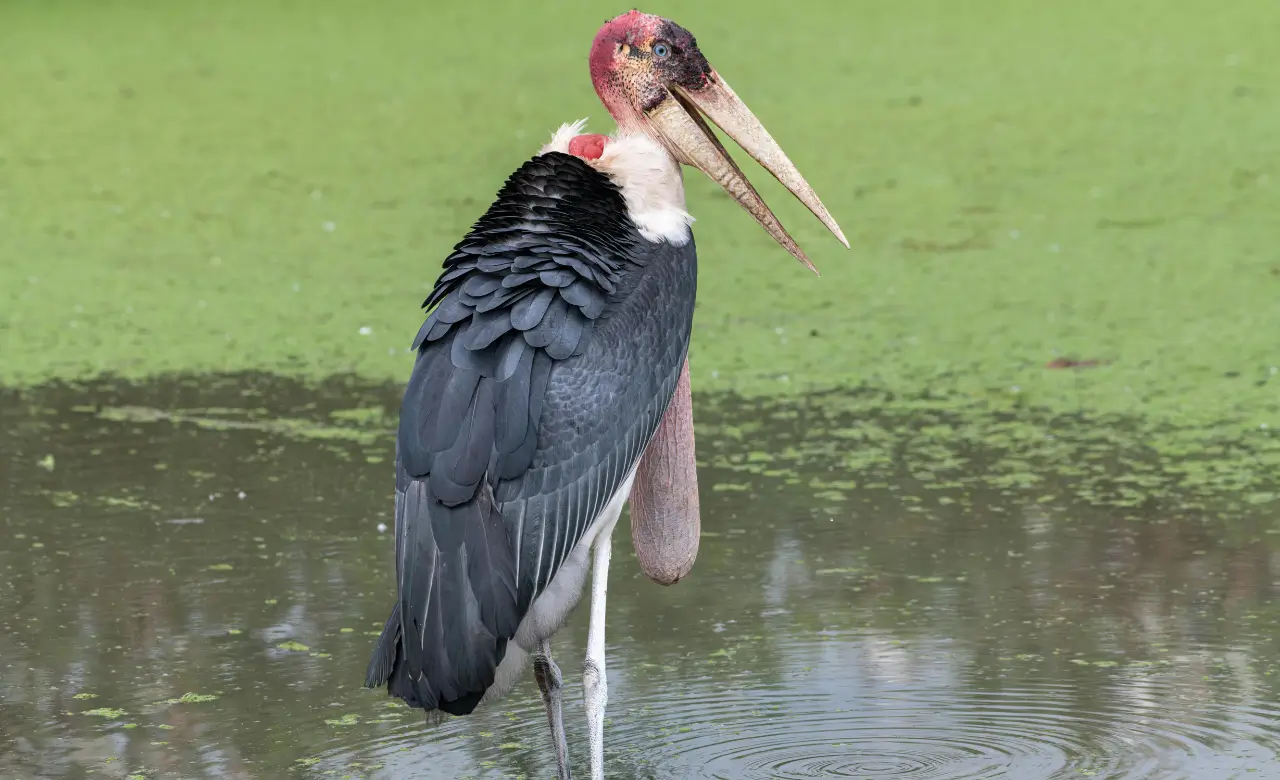
2. Head Is Bald for a Reason
Their bald and almost vulture-like head might seem unattractive. But it’s actually a clever adaptation as these birds feed on carcasses. A featherless head helps keep things cleaner while they dig in.
The head feathers would get matted with blood and rot during eating. This design keeps bacteria down and makes cleanup easy.
3. Reside in Massive Groups
Marabou Storks love company rather than lonliness. They often gather in large flocks near landfills or slaughterhouses. These roosting sites are loud, crowded, and chaotic. But they offer safety in numbers and a constant supply of food.
4. Gular Sac Isn’t for Eating
The strange and balloon-like pouch hanging from their neck isn’t a food storage area. It’s used mostly for display and communication. The sac gets larger and may help with attracting a mate during the breeding season.
Males use it to look more intimidating or impressive to rivals. It’s more like a visual signal than a storage organ.
5. Help Keep Environments Clean
These birds are sometimes called “nature’s janitors” for good reason. Marabou Storks play a big role in removing dead animals from ecosystems. They eat what other animals leave behind, including roadkill and trash.
They gather near dumps just like seagulls do in USA cities. The waste would build up fast without these environment cleaners.

6. Regulate Their Body Heat in Dirty Way
Marabou Storks sometimes poop on their own legs to cool down. The liquid waste evaporates and helps lower their body temperature. This resembles to what sweat does for humans.
This behavior is called urohidrosis and may sound nasty but it’s pretty clever in hot climates. Not many birds use this method which makes it a rare adaptation.
7. Don’t Make Much Noise
Marabou Storks are surprisingly quiet irrespective of their size. They don’t have a true voice box, so they can’t sing or call like songbirds. They rely on bill-clattering, hissing, or throat grunts to communicate.
You’ll hear more of these odd sounds during mating season. Their silence is unexpected for the size they possess.
8. Feathers Are Used in Fashion
Marabou feathers are quite soft and downy. These are sometimes used in clothing and accessories. The name “marabou” has even come to mean a type of fluffy trim in fashion.
This shows how they’ve influenced human culture. Marabou feather boas were common among glamorous actresses in older Hollywood films.
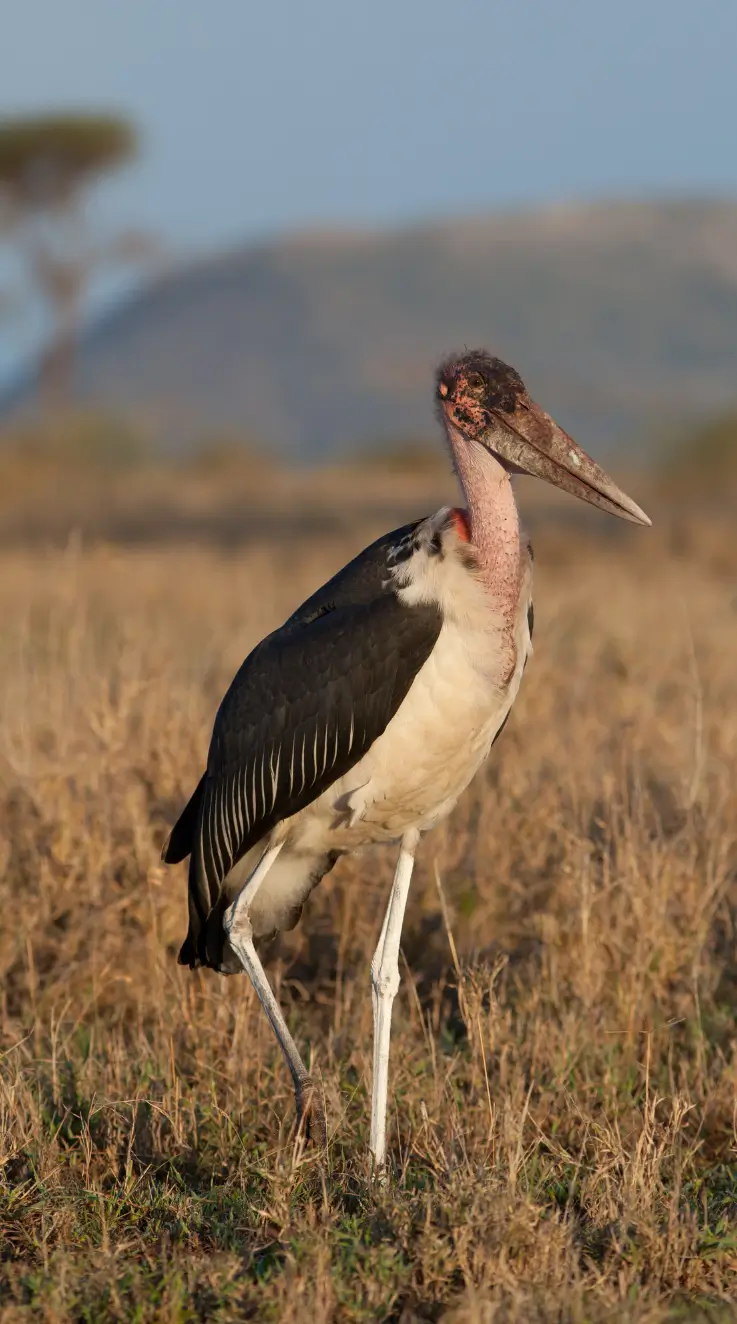
9. Start Ugly and Stay Weird
Marabou Stork chicks look even stranger than the adults. They’re scruffy and possess a patchy down and oversized beaks. The transformation to adulthood takes time. They don’t look sleek or elegant even while growing.
Their looks often draw reactions of surprise or discomfort even as adults. But each part of their body serves a purpose.
10. Can Eat Almost Anything
These birds aren’t only selective for dead animals. They’ll eat fish, frogs, insects, and even small birds or mammals. Their strong beak can tear into just about anything.
They’ve been seen swallowing plastic or other trash in places where food is scarce. Their scavenger diet makes them tough survivors in the wild.
11. Don’t Build Typical Nests
Marabou Storks go big when it comes to nesting. They build massive stick nests. These are usually high up in tall trees or sometimes on manmade structures like cell towers.
These nests can be several feet across and reused for years. The male usually brings the sticks, while the female arranges them. They work hard during nesting season despite their lazy looks.
12. Legs May Look White From Distance
It may appear like Marabou Storks have white legs. But it’s actually a coating of their own droppings which they use to cool their bodies. The white coloring is just a side effect. This odd method of self-cooling isn’t seen in most North American birds.
13. Can Digest Bone Fragments
Marabou Storks have powerful digestive systems that let them process bone shards and tough animal parts. Their stomach acids are incredibly strong.
This helps them make full use of whatever scraps they find. That’s an edge that few other birds can match like those that don’t hunt.
Sightseeing of Marabou Stork
These birds are not native to the regions of USA and are mostly seen in the zoos for showing the wild birds to people. Here are some zoo which inhabit these birds:
| Location (Zoo) | State in Which it is Located |
| San Diego Zoo Safari Park | California |
| Dallas Zoo | Texas |
| Zoo Atlanta | Georgia |
| Smithsonian’s National Zoo | Washington DC |
| Denver Zoo | Colorado |
| Saint Louis Zoo | Missouri |
| Houston Zoo | Texas |
| Cincinnati Zoo | Ohio |
Photography Tips for This Bird
Here are certain tips which can help you take good shots of this bird:
-
Shoot early in the morning when the light is soft and the storks are most active.
-
Use a zoom lens to capture close-up shots without disturbing the bird.
-
Focus on the bird’s face and beak to highlight its unique features.
-
Try low-angle shots near wetlands to show the bird’s natural environment.
-
Keep your shutter speed high to freeze any sudden wing movements.
-
Watch for moments when they interact, like feeding or preening.
-
Use natural backdrops like trees or water to avoid cluttered backgrounds.
Wrapping Up
These birds are the natural cleaners of the ecosystem and they remove the waste by eating the dead animals like other scavangers. Marabou Stork are quite different form other small and pretty birds both in size and appearence. These birds meet their dietary requirements from the leftovers of the other animals.
FAQs
1. What is a Marabou Stork and where does it live?
The Marabou Stork is a large, bald-headed bird found mainly in sub-Saharan Africa. You won’t find it in the wild in the USA, but only in zoos or bird parks.
2. Why is the Marabou Stork called the “undertaker bird”?
It looks like a creepy old undertaker because of its dark feathers, hunched walk, and bald head.
3. Is the Marabou Stork dangerous to humans?
It’s not aggressive, but it can be unsettling to see up close because of its size and scavenger habits.
4. Can I see a Marabou Stork in the U.S.?
Yes, but only in zoos or wildlife centers that house exotic birds. Some large zoos keep them as part of their African wildlife exhibits.
5. Where does the marabou stork nest?
The Marabou Stork builds its nest high in tall trees or on cliffs.
6. What does a marabou stork eat?
It eats fish, frogs, insects, small animals, and even dead animal remains.

